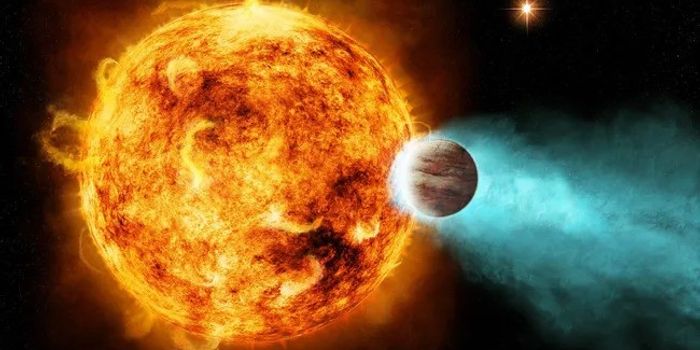Blended solar cells improves efficiency
A study published last month in the journal Macromolecules from researchers at Hiroshima University in Japan reports on the development of a solar cell with enhanced conversion efficiencies. Led by researchers at the Graduate School of Advanced Science and Engineering, the study gives a twist to conventional organic photovoltaics (OPV).
The cell uses a combination of polymer and molecular semiconductors as photo-absorbers in order to increase its electricity generation capabilities. By adding a compound that absorbs long wavelengths of light, the team was able to increase the efficiency, or “photon harvest” of the solar cell by 1.5 times. The photon harvest of a cell refers to the number of particles of light that are converted into electrical current. The better the phone harvest, the better the solar cell – both in terms of energy generation and cost.
"The addition of a very small amount of a sensitizer material to an OPV cell, which consists of a semiconducting polymer that we developed previously and along with other materials," said corresponding author of the paper, Itaru Osaka.
"This leads to a significant increase in the photocurrent and thereby the power conversion efficiency due to the amplified photon absorption that originates in the optical interference effect. A key is to use a very specific polymer, one that allows us to have a very thick semiconductor layer for OPV cells, which significantly enhances optical interference effect compared to a thin layer."

Osaka and the team from Hiroshima University hope to continue their investigation by further developing polymers that allow for the increased efficiency of solar cells.
"Our next step is to develop better semiconducting polymers as the host material for this type of OPV and better sensitizer materials that can absorb more photons in the longer wavelength regions,” concludes Osaka. “This would lead to the realization of the world's highest efficiency in OPV cells."
Sources: Macromolecules, Eureka Alert








